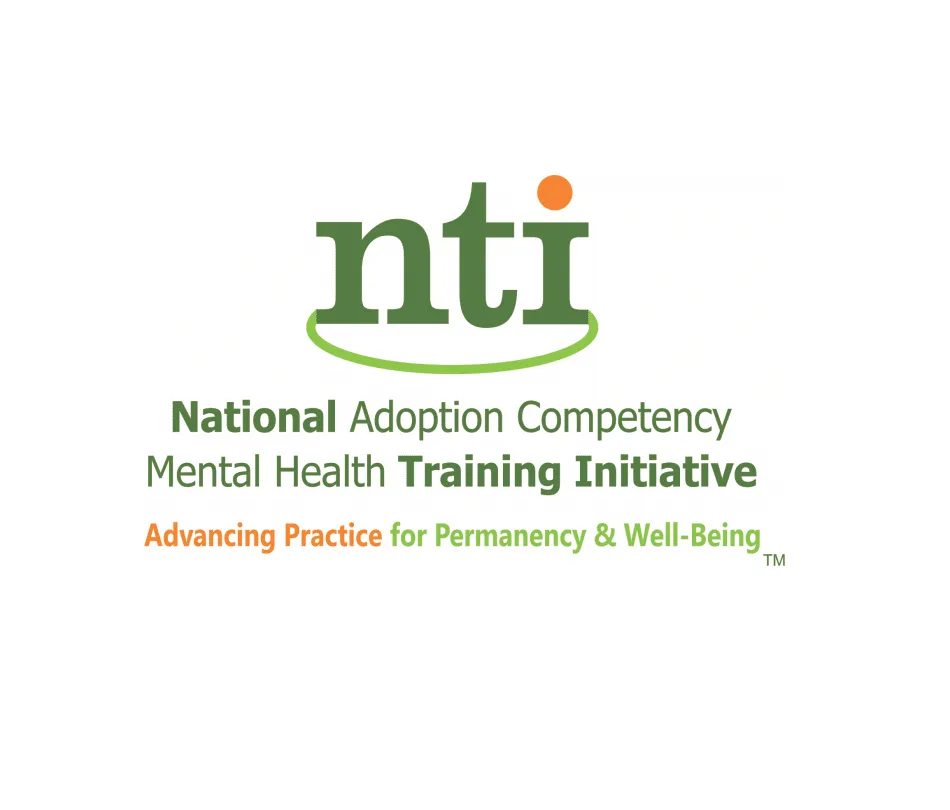Maryland’s Behavioral Health Budget Cuts: What You Need to Know
Maryland’s Behavioral Health Budget Cuts: What You Need to Know
Maryland’s mental health system is struggling to keep up with demand, and proposed budget cuts for 2026 will make things worse. Governor Wes Moore’s budget includes more than $116 million in reductions to behavioral health services, impacting critical programs that serve children, youth, and families. These cuts come at a time when mental health needs are rising, and access to timely, quality care is already difficult for many Maryland residents.
The Reality of Maryland’s Mental Health Crisis
As someone who has navigated the mental health system both personally and professionally, I know how hard it is to find support. I’ve sat on waitlists for therapy when help was needed immediately. I’ve watched children in crisis get turned away because there weren’t enough providers. I’ve seen families lose hope when the services they rely on disappear. The truth is, these budget cuts won’t just be numbers on a spreadsheet — they will impact lives.
Even before these cuts, Maryland’s behavioral health system was in trouble. The state faces a severe shortage of mental health providers, with experts estimating that an additional 30,000 professionals are needed by 2028 to meet growing demand. The system is already strained, and these proposed reductions will only deepen the crisis.
Key Impacts of These Cuts
988 Crisis Helpline Funding Uncertain
Despite previous commitments, funding for the 988 crisis helpline is now in jeopardy. Without these funds, call centers could face staff reductions, leading to longer wait times and fewer available crisis counselors. This service has been a lifeline for those in crisis, connecting people to trained professionals who can provide immediate support. If funding is cut, more individuals experiencing mental health emergencies could be left without assistance when they need it most.
School-Based Mental Health Services at Risk
The Consortium on Coordinated Community Supports, which has provided mental health services to 58,000 students in 80 percent of Maryland schools, faces a $90 million budget cut. This would reduce access to school therapists and interventions, leaving students without essential support. With increasing rates of anxiety, depression, and behavioral challenges among youth, school-based mental health programs play a crucial role in early intervention and crisis prevention. Losing these services could have long-term consequences for students’ well-being and academic success.
Community Mental Health Programs Threatened
Certified Community Behavioral Health Clinics (CCBHCs) have played a crucial role in preventing hospitalizations and improving long-term outcomes. However, instead of expanding these services, the budget proposal removes key funding, putting their future in doubt. These clinics provide integrated care for mental health and substance use disorders, ensuring that individuals receive comprehensive, wraparound support. Without proper funding, the state risks losing progress made in expanding access to high-quality community-based mental health care.
Maryland already has a severe shortage of mental health providers. Instead of addressing this shortfall, the budget slashes $12 million from local health departments, agencies responsible for hiring therapists, crisis workers, and other essential staff. This reduction could lead to longer wait times for therapy appointments, fewer crisis response teams, and increased strain on emergency departments and law enforcement, which often serve as the default responders for mental health crises.
The Bigger Picture
The reality is that mental health care is not a luxury, it is a necessity. Delayed or inadequate treatment can have devastating consequences, leading to worsening mental health conditions, increased hospitalizations, and even higher suicide rates. Cutting these essential services not only harms individuals and families but also places a greater burden on the healthcare system, schools, and community organizations already struggling to provide support.
Instead of rolling back investments, Maryland should be working to expand access to behavioral health care, increase funding for school-based mental health services, and recruit and retain more mental health professionals. These cuts don’t just represent a financial decision — they represent a step backward in ensuring the well-being of Maryland’s most vulnerable residents.
What You Can Do
- Contact Your Legislators: Urge your state representatives to fully fund behavioral health services. Let them know why this issue is important. Personal stories and data on the impact of mental health services can help make a stronger case for continued funding.
- Stay Updated: Follow organizations like the Maryland Behavioral Health Coalition and the Maryland 988 Campaign for the latest developments. Staying informed allows you to take timely action and share critical updates with your community.
- Share Your Experience: If these cuts would affect you or someone you know, speak up. Lawmakers need to hear real stories to understand the consequences. Whether you have struggled to access services, relied on school-based mental health programs, or used the 988 crisis helpline, your voice can help shape policy decisions.
At C.A.S.E., we remain committed to advocating for the mental health needs of children and families. These budget decisions will shape access to care for years to come, so now is the time to act. Ensuring that behavioral health services remain accessible and adequately funded is not just about policy. It’s about protecting lives, strengthening communities, and ensuring that every Maryland resident has the support they need to thrive.










